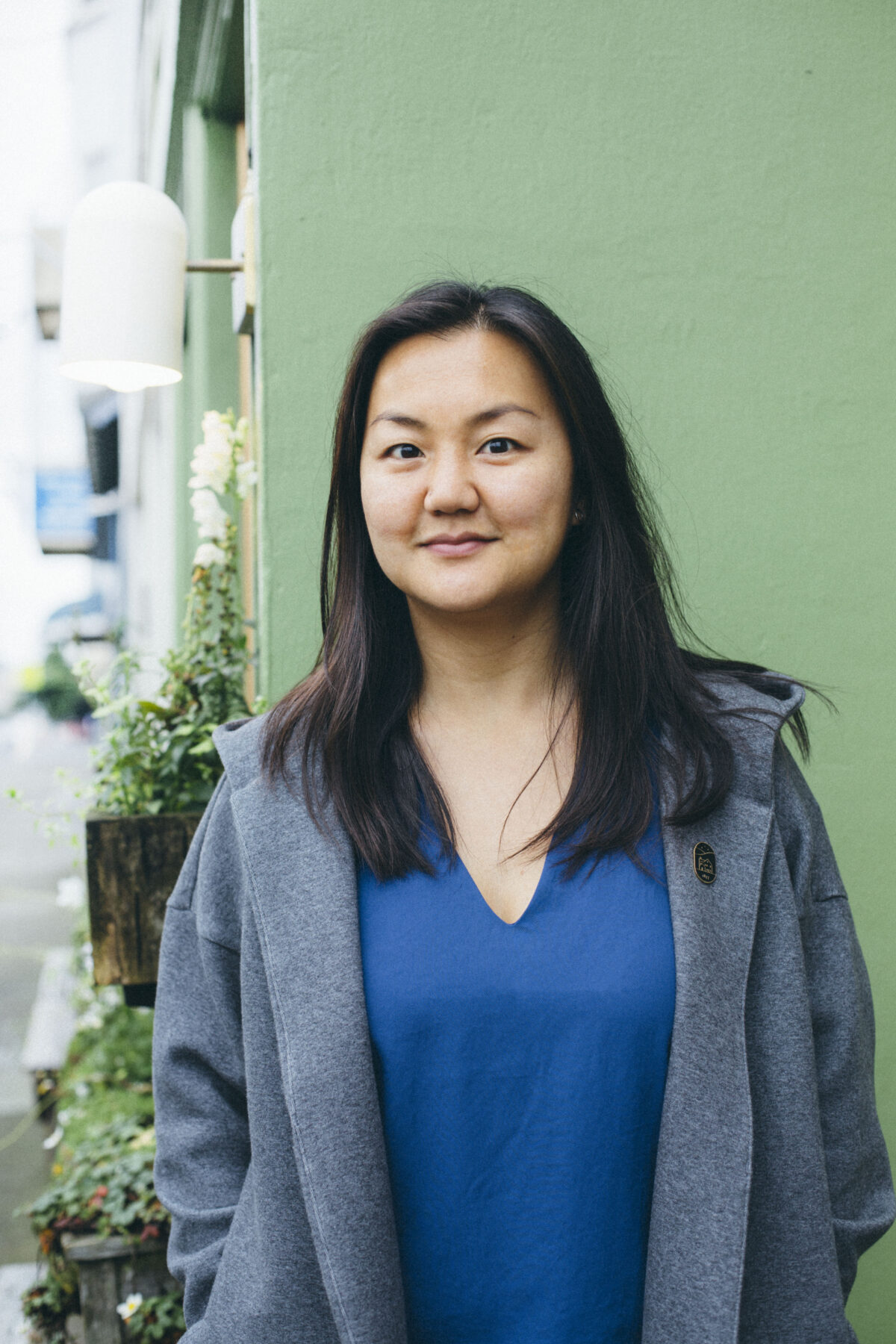MAIN:
It Takes Two: Your Part in the Agency/Client Partnership Equation
Hiring a marketing agency is one of the most important decisions you’ll make as a CEO or marketing leader. I’m always grateful when current and former clients thank Karbo Com for the important role we play in the success of their companies. As in any relationship—whether it’s a business alliance or a personal relationship— success depends on the quality of contributions of both parties.
Some companies search for an agency as if they are seeking the holy grail of marketing success. They search for a partner that, once hired, will take the reins, and make success automatically appear. Take this laissez-faire approach at your own peril. As you embark on the journey to find the best partner, do some hard thinking about what your company’s willing and able to contribute to ensure a successful relationship.
- Before you begin the search, outline the specific results you expect. Are you looking to drive well-qualified prospects to your home page? To effectively position your company against competitors? Ensure you’re included in key analyst reports? A combination of these and more? PR and digital marketing objectives should flow from your business objectives. Articulate your marketing goals as a subset of these business objectives.
- Ensure the key members of the c-suite have a sincere belief in marketing, PR and any program you hope to undertake. While the marketing team may run the program, other groups such as the product management team, sales, and finance, can derail efficacy if they aren’t committed to what it takes to be successful—time, money, subject matter experts, credible success metrics, and referenceable customers.
- Karbo Com devotes senior resources to our clients daily, but no agency can run a successful effort without the support of an internal advocate that can get them the information and approvals they need. The main contact for your agency must have the appropriate amount of leverage, access and power needed to drive action.
- Set your budgets before you reach out. Some companies will use the agency search process to determine budget and seek the lowest price for what they view as comparable services. While this approach might feel like it makes fiscal sense, it leaves you more vulnerable to bringing on a partner who is a less-than-stellar fit for your business goals. You could end up investing even more resources in the long run without an agency that is better suited for your marketing needs. Look at what other companies in your category, stage of growth and market position are spending. Acquire budget approval for the entire year. As Regis McKenna would frequently say when I worked at his seminal firm, “It’s a process, not an event.”
- Be realistic about the challenges you face. Is it limited sales, lack of awareness among prospects, negative social commentary, a white-hot competitor that’s stealing the oxygen out of the room, or a dated, ineffective website? Recommended narratives, objectives, strategies and programs can vary greatly depending on these factors.
- Can your team acknowledge the good, the bad and the ugly? While we expect clients to be true believers, smart partners will be fully transparent and honest with themselves and us. Undoubtedly, your team is a source of wisdom when it comes to your company, products, and the market. Your agency assumes a essential position as well. They will conduct research, have market insight and years of experience that will help you take advantage of opportunities and overcome challenges.
- If your relationship with a previous agency has failed, take an unvarnished look at why. Are there things you learned and want to integrate into your programs? What can you do differently to help your partner succeed? Carry these insights into your agency selection process.
You’ve spent months, probably years mapping out your corporate, technology, product, and business plans. Don’t put all of that to waste by rushing through the agency selection process. Determine your objectives, market analysis, resources and the specific help and performance you’ll need before you reach out to prospective partners. Be prepared to cull your agency options down to an adequate and manageable two to four options, allocate time to brief the agencies prior to asking for a proposal. Give prospects enough time to present a thoughtful, quality response and your team enough time to make a formal decision. If you’re still working with an agency, give them the appropriate amount of notice before terminating your contract. Be aware of how terminating your relationship will affect your business and theirs. Treating them with respect goes a long way towards ensuring a smooth transition between agencies.
Selecting an agency partner is one of the most important decisions you’ll make this year. Don’t short-shrift the process. Finding a PR, content and marketing partner will accelerate the success of your company, making you the hero of your corporate story in the process.






